Idea by
Suzana Lepanović / Goran Deak
http://www.suzanalepanovic.info/
Call for ideas 2016
Charged Void
Charged Void
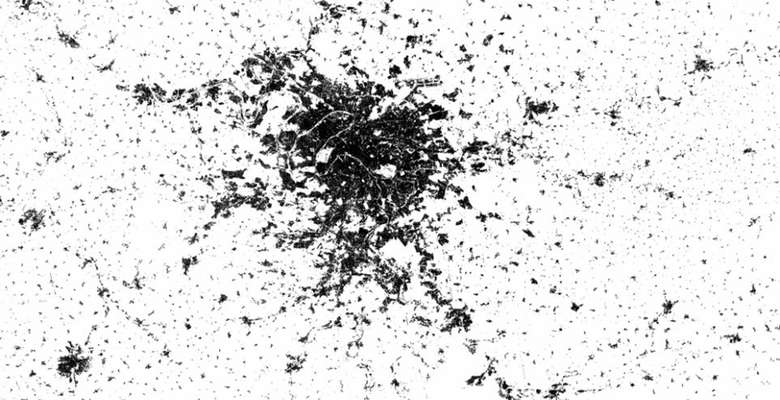
We are living in a period of financial, social and urban meltdown. The anxiety of identity was never so obvious. Cities of today are often over-designed or non-designed. Mostly, they don’t have a unique typology, being either densely built or too spacious. We are ‘blowing up’ the image of our cities, while the architecture we produce is becoming an event.
We should ask ourselves:
How to do less than possible? How to simplify things?
Cities are not lacking technical improvements; they are lacking strategic decisions and responsibility.
It seems like we have forgotten the main role of the cities: They are meant to serve their citizens.
Voids are fields of unspecified purpose which disrupt urban tissue of the cities. They possess multiple and diverse identities and are available for users’ actions. ‘Charging’ existing voids with content or implementing charged voids in predefined structures would generate diverse and social public spaces. We should exploit their potential!
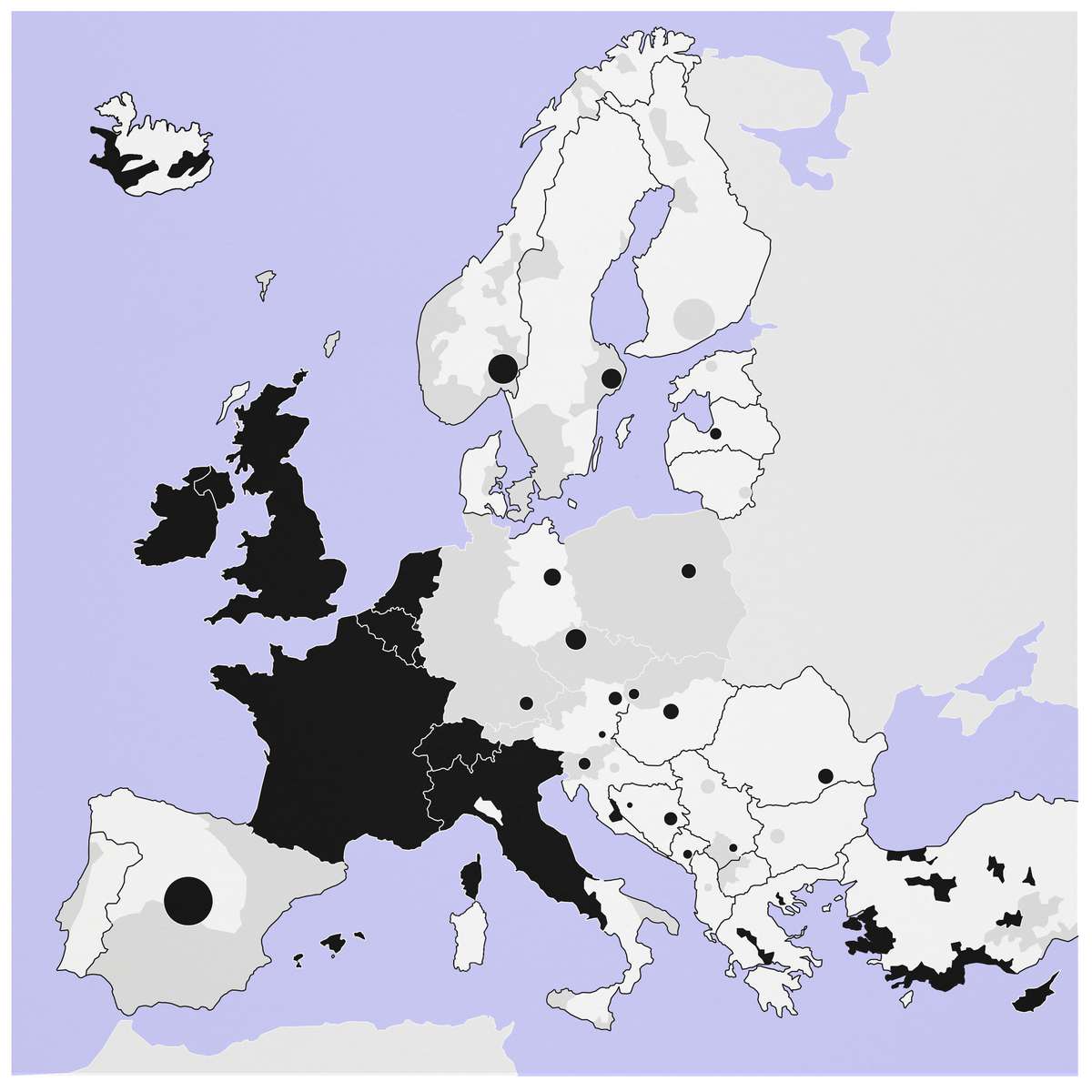
Approximate Map of Europe's Population Shifts between 2001-2011 [based on data by BBSR]
Black areas show notable population growth, while white patches show average annual population fall. Grey areas show less notable shifts [±1%].
Some of our cities are growing and becoming more influential, while others stagnate or even shrink, losing their urban spirit.
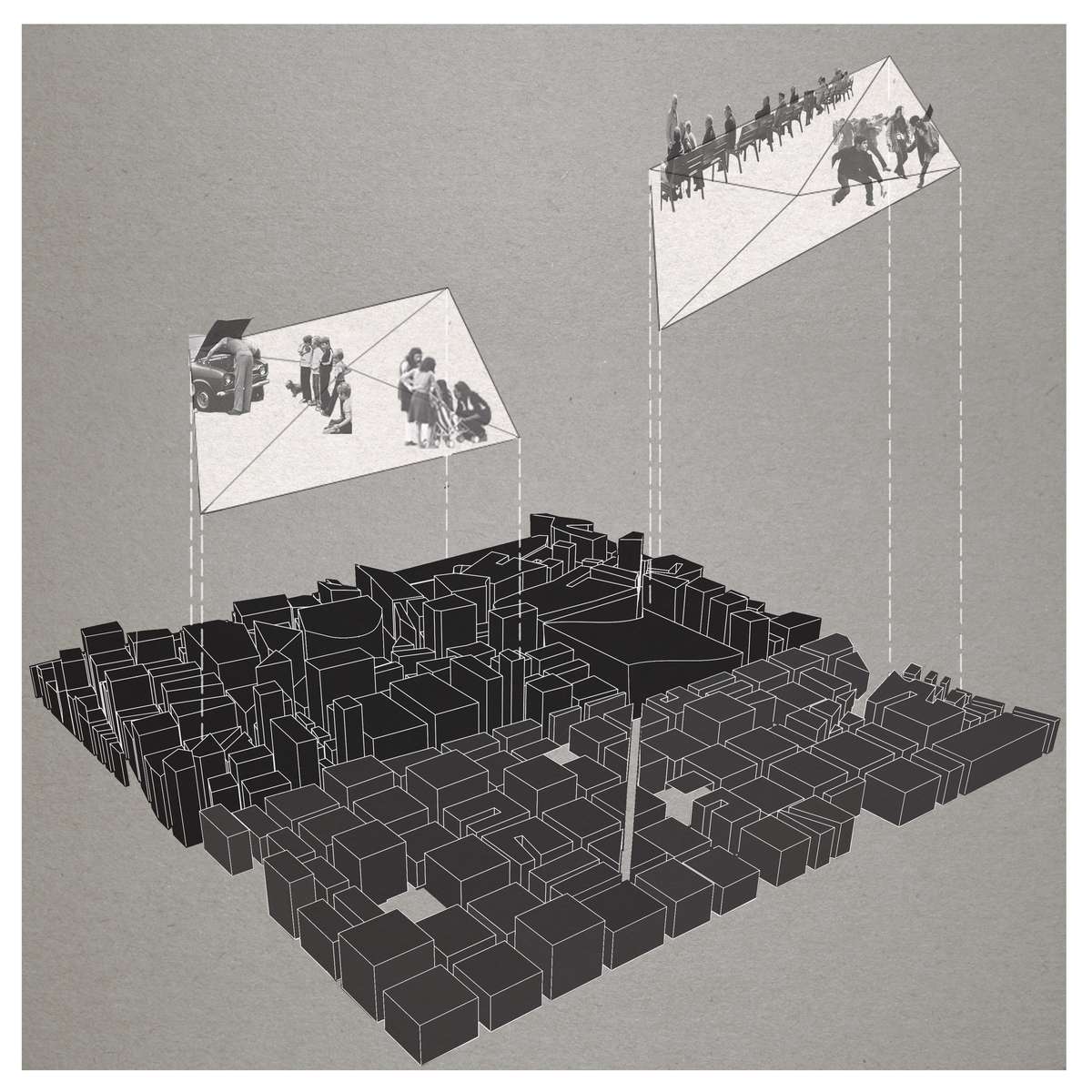
Voids are areas between private and public space that fail to connect elements in a comprehensible and consistent way. They are often considered ruins or anti-space, giving no positive contribution or content to its surroundings and users. Some voids are areas which lost their purpose, while others are created due to carelessly planning.
We should focus on redesigning those areas instead of overbuilding our cities.
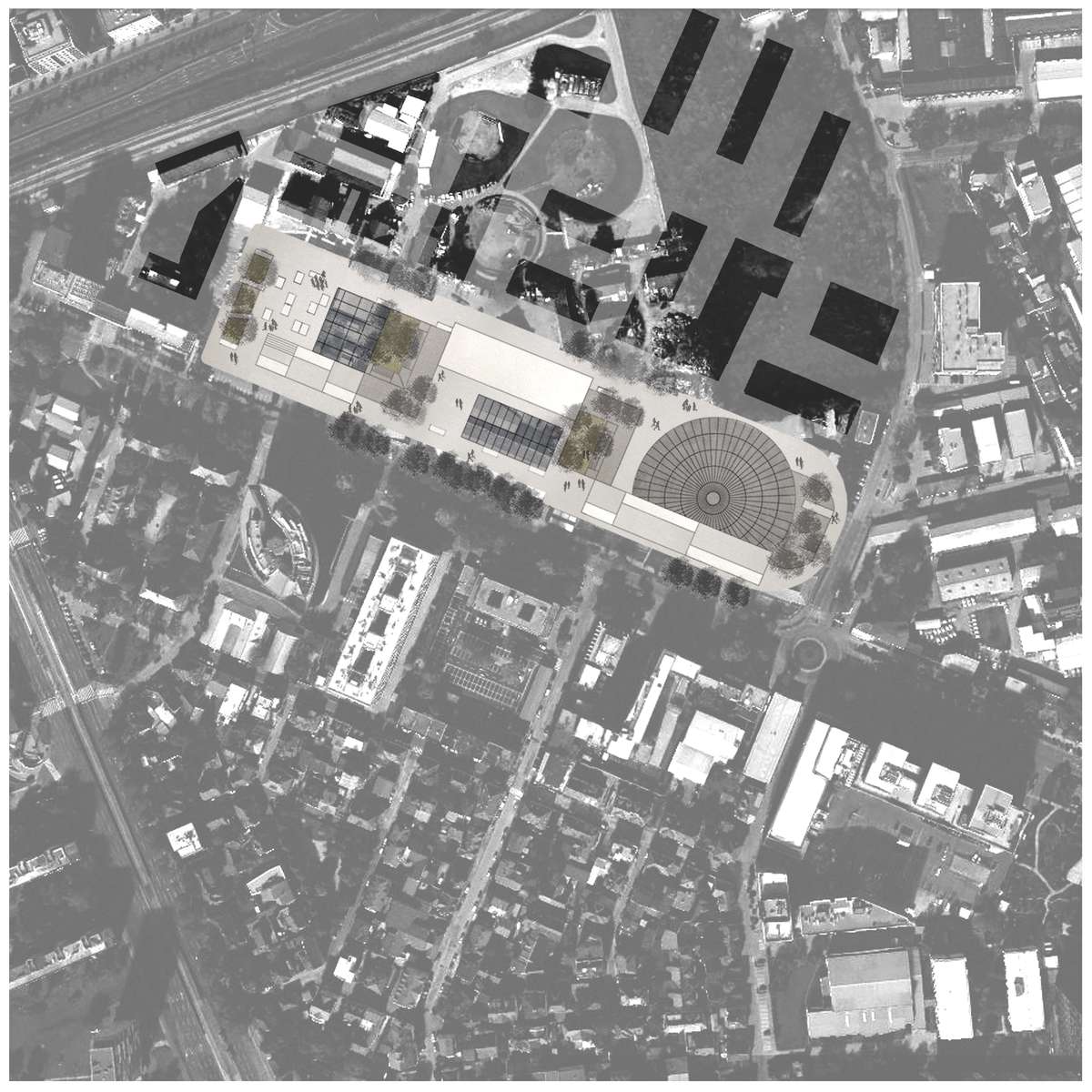
Charged Void, Zagreb, Croatia
The structure line was moved to north to reduce the density of the area, allowing the interpolation of an ‘artificial’ void within the existing structure. This concept created the social generator for this part of the city, such as The Lenuzzi's Horseshoe in the center of Zagreb, The Central Park in New York, or the area around The Berlin Wall.

The Charged Void is a public, horizontal structure, characterized by the inverse cross-section; the ground level is seen as a city park with a range of social activities below and above it.
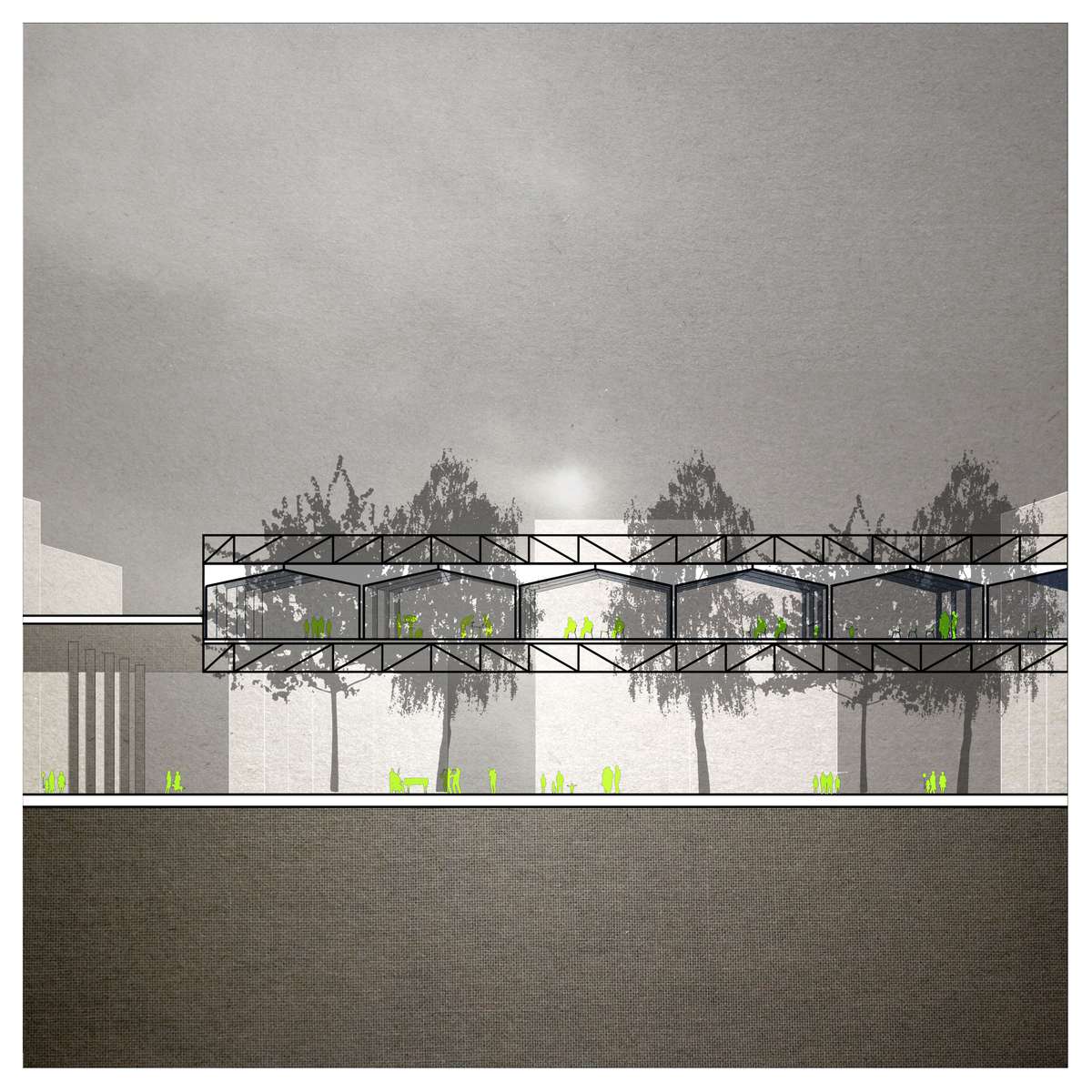
Charged Void
Charged Void

We are living in a period of financial, social and urban meltdown. The anxiety of identity was never so obvious. Cities of today are often over-designed or non-designed. Mostly, they don’t have a unique typology, being either densely built or too spacious. We are ‘blowing up’ the image of our cities, while the architecture we produce is becoming an event.
We should ask ourselves:
How to do less than possible? How to simplify things?
Cities are not lacking technical improvements; they are lacking strategic decisions and responsibility.
It seems like we have forgotten the main role of the cities: They are meant to serve their citizens.
Voids are fields of unspecified purpose which disrupt urban tissue of the cities. They possess multiple and diverse identities and are available for users’ actions. ‘Charging’ existing voids with content or implementing charged voids in predefined structures would generate diverse and social public spaces. We should exploit their potential!
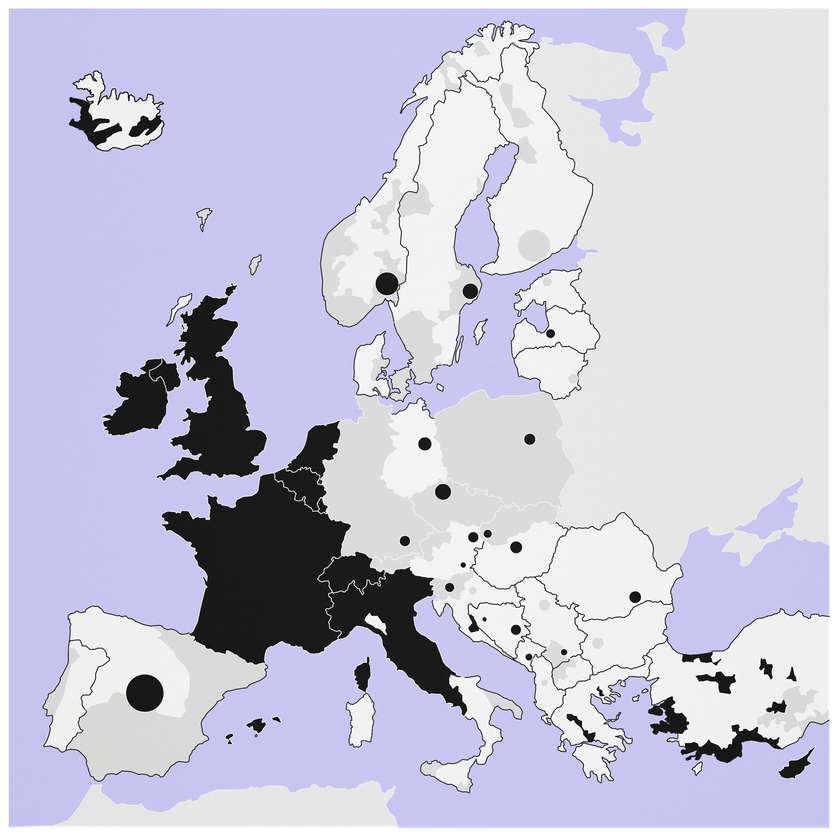
Approximate Map of Europe's Population Shifts between 2001-2011 [based on data by BBSR]
Black areas show notable population growth, while white patches show average annual population fall. Grey areas show less notable shifts [±1%].
Some of our cities are growing and becoming more influential, while others stagnate or even shrink, losing their urban spirit.
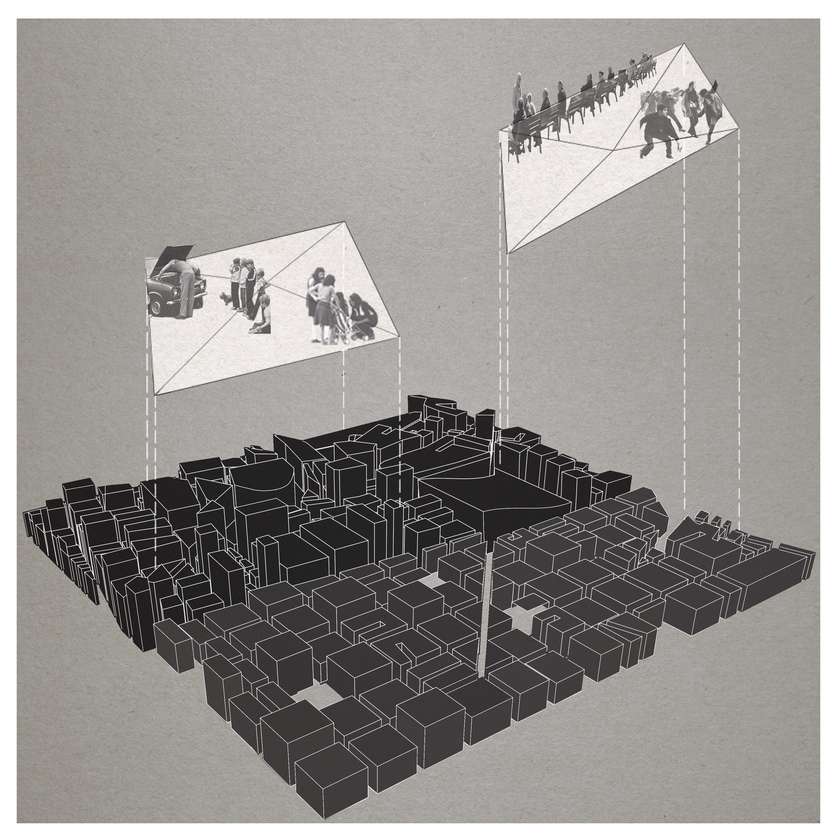
Voids are areas between private and public space that fail to connect elements in a comprehensible and consistent way. They are often considered ruins or anti-space, giving no positive contribution or content to its surroundings and users. Some voids are areas which lost their purpose, while others are created due to carelessly planning.
We should focus on redesigning those areas instead of overbuilding our cities.
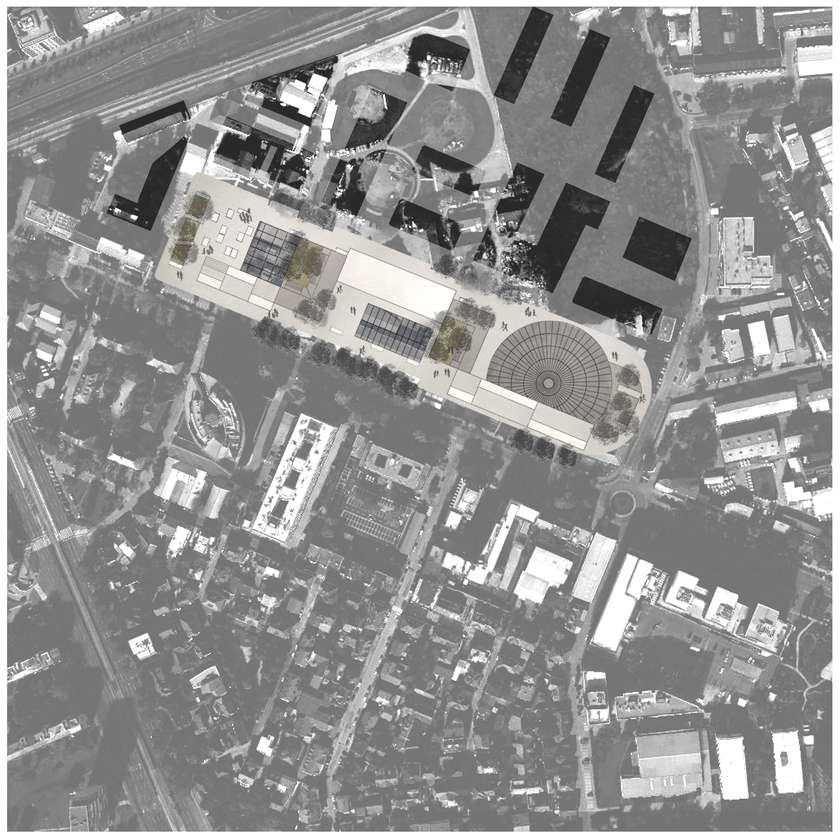
Charged Void, Zagreb, Croatia
The structure line was moved to north to reduce the density of the area, allowing the interpolation of an ‘artificial’ void within the existing structure. This concept created the social generator for this part of the city, such as The Lenuzzi's Horseshoe in the center of Zagreb, The Central Park in New York, or the area around The Berlin Wall.
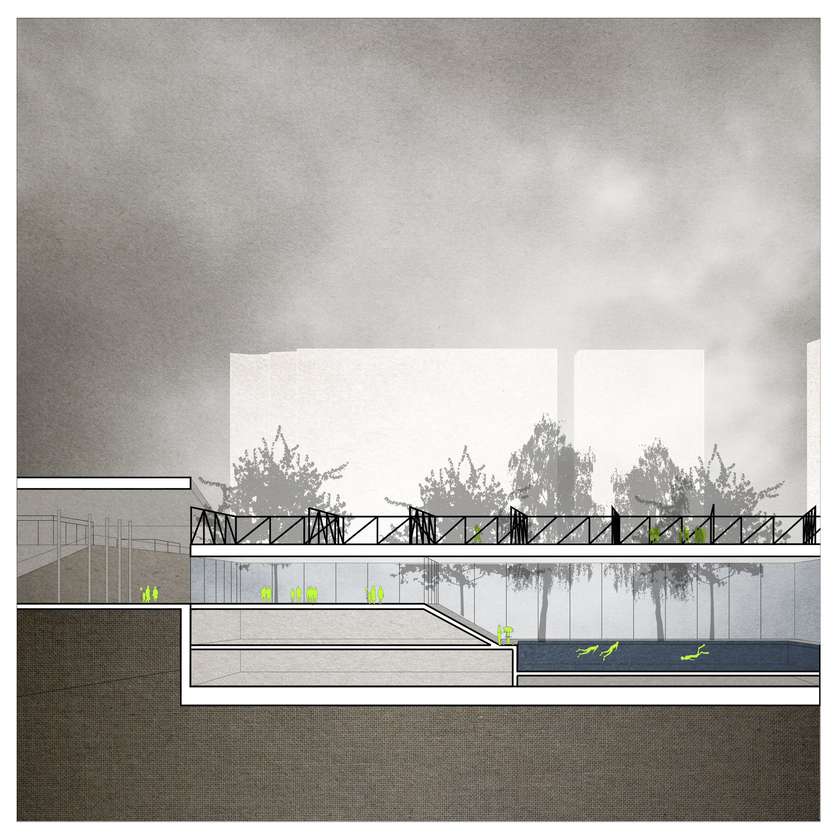
The Charged Void is a public, horizontal structure, characterized by the inverse cross-section; the ground level is seen as a city park with a range of social activities below and above it.
